Two articles on Felda in the print and online news today.
a) Felda commercial arm to list? It will create world’s largest listed plantation firm, http://biz.thestar.com.my/news/story.asp?file=/2011/10/7/business/9648450&sec=business
b) Concerns at Felda's Coop, http://www.malaysia-chronicle.com/index.php?option=com_k2&view=item&id=20674:isa-samad-makes-his-move-but-felda-settlers-call-for-his-removal-as-co-op-chief&Itemid=2
Khor Reports comment: Rumours of the listing of Felda Group or one of its key entities have recurred over the years. The Group, controls some 850,000 Ha of both settler and commercial land bank. For a long time, it has been the largest plantation in SE Asia, if not the world (if one excludes the fluctuating figure of the unplanted reserves of the likes of Sime Darby and Golden Agri). It grew out of a land resettlement scheme, under the Federal Land Development Authority. What has held up a listing of a Felda unit for decades? After all, Malaysia is well known for privatizations and public-listings of government-linked entities. The key issue is this: majority ownership is held Koperasi Permodalan Felda or KPF (website: http://kpf.felda.net.my/Pages/kpf.aspx). Under a cooperative, key corporate actions would require that settlers and staff of Felda (current and former?) who are members of KPF, would have to vote on it, on the "one man, one vote" basis.
Interviewed by The Edge in January 2011, "Taking Felda to the next level,"
http://www.feldaholdings.com/content.php?h=4177&lang=EN.
a) Felda commercial arm to list? It will create world’s largest listed plantation firm, http://biz.thestar.com.my/news/story.asp?file=/2011/10/7/business/9648450&sec=business
b) Concerns at Felda's Coop, http://www.malaysia-chronicle.com/index.php?option=com_k2&view=item&id=20674:isa-samad-makes-his-move-but-felda-settlers-call-for-his-removal-as-co-op-chief&Itemid=2
Khor Reports comment: Rumours of the listing of Felda Group or one of its key entities have recurred over the years. The Group, controls some 850,000 Ha of both settler and commercial land bank. For a long time, it has been the largest plantation in SE Asia, if not the world (if one excludes the fluctuating figure of the unplanted reserves of the likes of Sime Darby and Golden Agri). It grew out of a land resettlement scheme, under the Federal Land Development Authority. What has held up a listing of a Felda unit for decades? After all, Malaysia is well known for privatizations and public-listings of government-linked entities. The key issue is this: majority ownership is held Koperasi Permodalan Felda or KPF (website: http://kpf.felda.net.my/Pages/kpf.aspx). Under a cooperative, key corporate actions would require that settlers and staff of Felda (current and former?) who are members of KPF, would have to vote on it, on the "one man, one vote" basis.
Interviewed by The Edge in January 2011, "Taking Felda to the next level,"
http://www.feldaholdings.com/content.php?h=4177&lang=EN.


